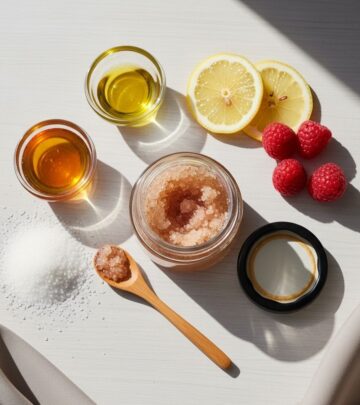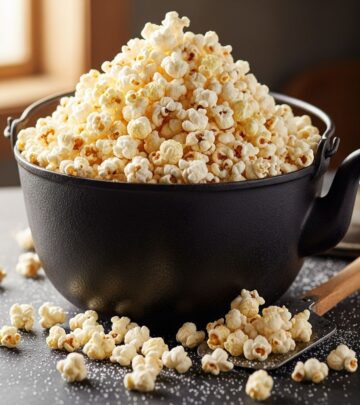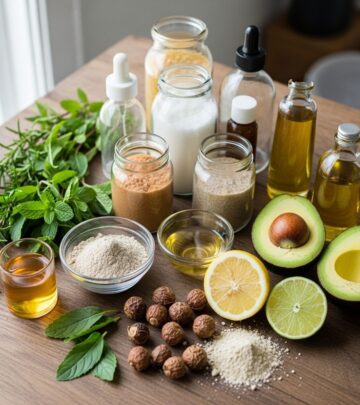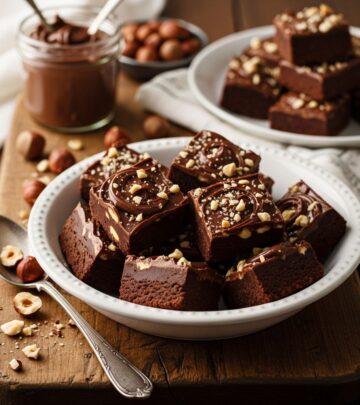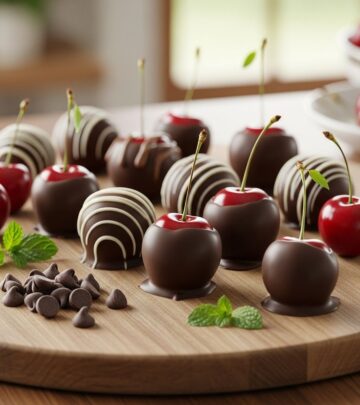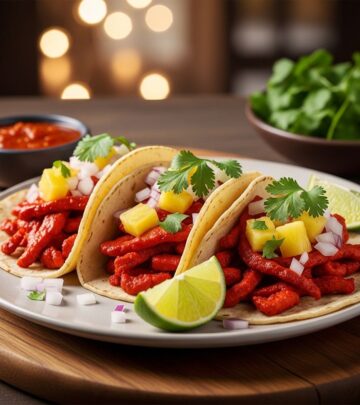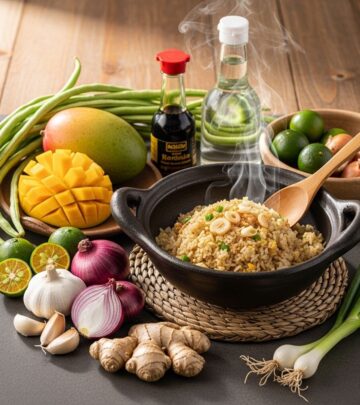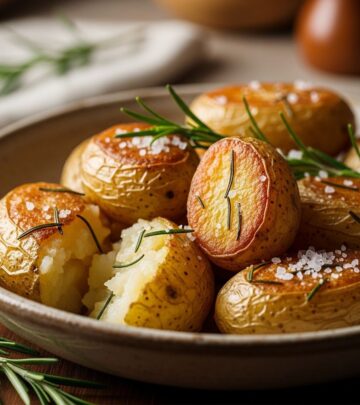Greek Baklava Recipe: Ultimate Guide With Expert Tips
Discover the secrets behind authentic Greek Baklava, with step-by-step instructions, pro tips, and traditions.
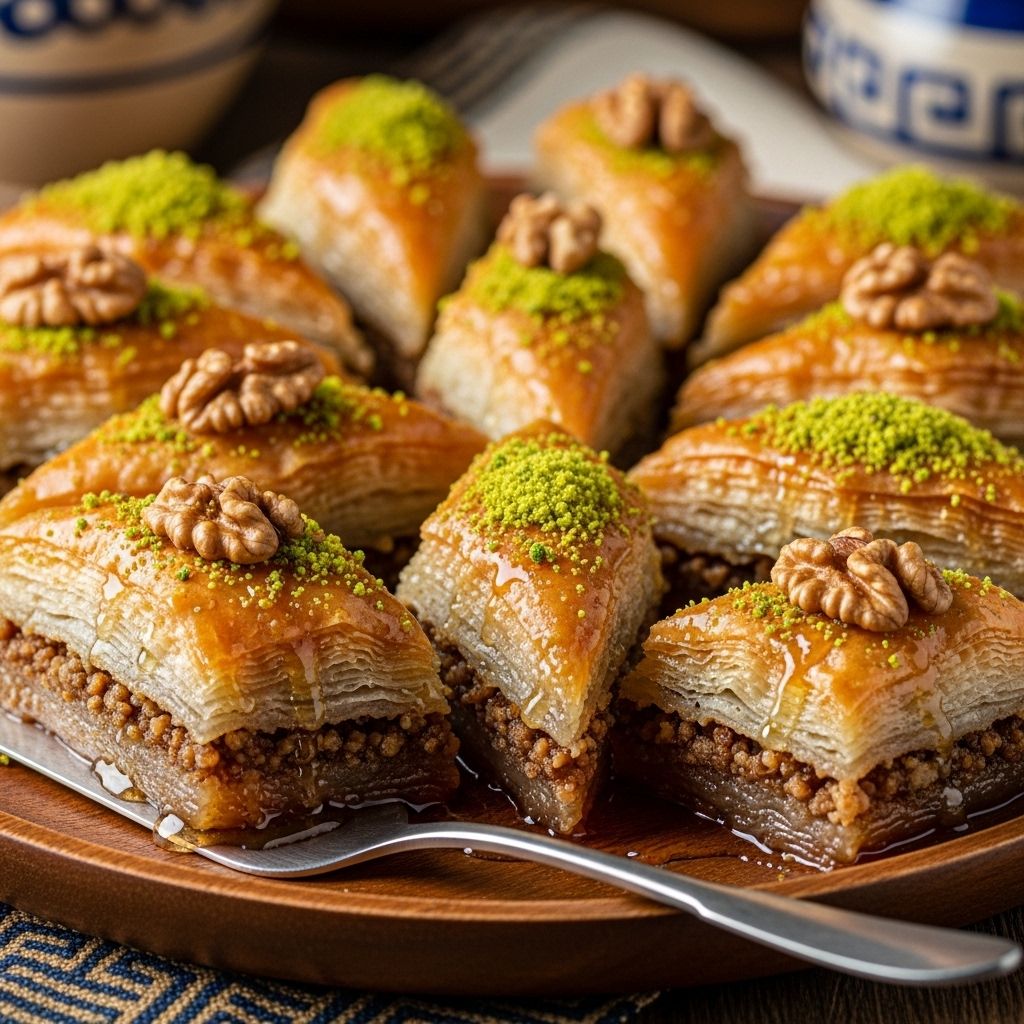
Image: HearthJunction Design Team
Greek Baklava: The Ultimate Guide to a Classic Honeyed Pastry
Few desserts capture the essence of Mediterranean indulgence like Greek Baklava. Crispy layers of golden phyllo encase a fragrant, cinnamon-laced nut filling, all bathed in a luscious honey syrup. Whether served at festive gatherings or as an everyday treat, Baklava embodies celebration, tradition, and irresistible sweetness. This comprehensive guide covers everything you need to know to master this classic dessert—from preparation and assembly to expert tips and serving ideas.
What is Baklava?
Baklava is a beloved pastry originating from the Eastern Mediterranean and Middle East, with strong roots in Greek cuisine. This dessert features multiple thin layers of phyllo dough (also called filo), brushed with butter, enveloping a spiced nut filling. Once baked to golden crispness, the pastry is drenched in a syrup—typically honey-based, scented with vanilla and sometimes citrus. Each bite boasts a delightful interplay of textures, from the crackling top to the succulent, syrup-soaked base.
Ingredients for Greek Baklava
- Phyllo Dough: Pre-packaged, frozen phyllo sheets are commonly used for convenience. Allow them to thaw fully before use.
- Nuts: Walnuts are traditional in Greek Baklava, though pistachios and almonds or a combination may be used.
- Cinnamon: Adds warmth and aroma to the nut filling.
- Butter: Used generously to brush each phyllo layer, ensuring crispness and rich flavor.
- Sugar and Water: Form the base for the soaking syrup.
- Honey: Essential for the signature sweetness and stickiness of Greek Baklava.
- Vanilla Extract: Enhances the syrup’s flavor.
Equipment You’ll Need
- Large sharp knife (for slicing before and after baking)
- Pastry brush (for buttering the phyllo sheets)
- Mixing bowls
- Baking dish or pan (rectangular or square, 9×13-inch is standard)
- Saucepan (for making the syrup)
- Damp kitchen towel (to keep phyllo from drying out)
Step-by-Step: How to Make Greek Baklava
1. Prepare the Nut Filling
- Finely chop walnuts (or your mix of nuts).
- Toss the nuts with ground cinnamon until well combined. Set aside.
2. Handle the Phyllo Dough
- Unroll the phyllo sheets. If necessary, cut the stack in half to fit your baking pan.
- Keep the stack covered with a dampened towel at all times to prevent drying and cracking.
3. Layering the Baklava
- Brush the bottom and sides of your pan with melted butter.
- Place two phyllo sheets in the pan, then brush liberally with melted butter.
- Repeat until you have layered about 8 sheets, each brushed with butter.
- Sprinkle 2–3 tablespoons of the spiced nut mixture over the top of the phyllo layers.
- Add two more sheets of phyllo, brush with butter, and repeat with another sprinkle of nuts.
- Continue this pattern—two sheets, butter, nuts—until all the filling is used.
- Finish with a top layer of 6–8 sheets of phyllo, each buttered, creating a thick, crisp upper crust.
4. Slicing the Pastry
- Using a sharp knife, slice the unbaked Baklava into diamond or square shapes, cutting through all layers to the bottom.
- Tip: Four long rows lengthwise, then diagonal cuts yield lovely diamond shapes.
5. Baking
- Bake at 350°F (175°C) for about 50 minutes, or until the top is golden brown and crisp.
6. Make the Honey Syrup
- While the Baklava bakes, combine sugar and water in a saucepan. Bring to a boil, stirring until the sugar dissolves.
- Add vanilla extract and honey, then reduce heat and simmer gently for about 20 minutes.
7. Finishing Touches
- Remove the Baklava from the oven. Immediately spoon the hot syrup over the scored pastry, ensuring even soaking.
- Let the Baklava cool completely in the pan. The syrup will infuse the layers and firm up as it rests.
Expert Tips for Perfect Greek Baklava
- Keep phyllo covered with a damp towel to prevent drying out during assembly.
- Brush each sheet with butter generously but evenly to ensure crispness.
- Slice Baklava before baking for neater portions and easier syrup absorption.
- Allow the dessert to cool fully before serving for best texture.
- Store Baklava uncovered at room temperature. Wrapping tightly causes sogginess.
- This pastry freezes beautifully—simply wrap portions and thaw at room temperature when ready to serve.
Serving and Storage Suggestions
- Serve Baklava pieces in cupcake liners or decorative papers for easy, elegant presentation.
- Pair with Greek coffee or black tea for an authentic experience.
- Baklava stays fresh at room temperature for up to a week when uncovered or lightly draped with a tea towel.
- To freeze, layer slices between parchment in an airtight container; thaw at room temperature before eating.
Alternative Baklava Variations
- Pistachio Baklava: Substitute all or part of the walnuts with chopped pistachios for a vibrant, nutty twist.
- Almond Baklava: Almonds add a fragrant and slightly sweeter profile.
- Chocolate-Drizzled Baklava: Once cooled, drizzle the top with dark chocolate for a modern, decadent touch.
- Pumpkin Baklava: Incorporate spiced pumpkin puree into the nut filling for a unique, autumn-inspired dessert.
Why You’ll Love This Greek Baklava Recipe
| Feature | Benefit |
|---|---|
| Flaky Phyllo | Delivers signature crispiness and delicate texture |
| Nutty Filling | Packed with toasty walnuts and warm cinnamon spice |
| Honey Syrup | Makes every bite sweet, moist, and aromatic |
| Make-Ahead Friendly | Perfect for preparing in advance and storing |
| Crowd-Pleaser | Ideal for holidays, gatherings, or gifts |
Common Questions About Baklava
What is the best way to cut Baklava?
Use a long, sharp knife. Score the unbaked pastry into your desired shapes—diamonds or squares—cutting all the way through to the bottom of the pan. This approach makes serving easier and ensures that syrup penetrates every layer.
Can I use different types of nuts?
Absolutely! While walnuts are classic in Greek Baklava, pistachios, almonds, and hazelnuts or any combination can be used for diverse flavors and textures.
Why should I slice Baklava before baking?
Slicing before baking prevents the delicate phyllo from shattering and ensures the syrup soaks through each piece. It also helps create neater, picture-perfect servings.
How do I keep Baklava from getting soggy?
Allow Baklava to cool uncovered so excess moisture can evaporate. Avoid wrapping or sealing tightly, as this traps steam and softens the crisp layers.
Is Baklava gluten-free?
Traditional Baklava uses wheat-based phyllo, so it contains gluten. Gluten-free phyllo sheets are available at specialty stores for adaptations.
Pro Tips for Perfect Results
- Let phyllo come to room temperature before handling to prevent cracks.
- Butter keeps phyllo layers crisp; don’t be stingy, but avoid pooling.
- For a brighter syrup, add a strip of lemon or orange peel while simmering.
- Experiment with rosewater or orange blossom water drops for aromatic depth.
History and Traditions of Greek Baklava
Baklava’s exact origins are much debated, with historical ties across Greece, Turkey, the Middle East, and even Central Asia. In Greek culture, Baklava is often served during festive occasions—Easter, weddings, baptisms—and believed to symbolize abundance and hospitality. The intricate assembly is considered a labor of love, and recipes are often passed down through generations, each family imparting its own twist in the choice of nuts, spices, or syrup flavorings.
How to Store and Freeze Baklava
- Room Temperature: Store uncovered for up to 5–7 days.
- Freezing: Layer cut pieces between parchment in a tightly sealed container; freeze for up to 2 months.
- Thaw frozen Baklava at room temperature for best texture.
Nutritional Information (Per Serving Estimate)
| Nutrient | Amount |
|---|---|
| Calories | ~230 |
| Fat | 13g |
| Saturated Fat | 4g |
| Carbohydrates | 28g |
| Protein | 3g |
| Fiber | 1g |
| Sugar | 16g |
Note: Actual values may vary depending on ingredients and portion size.
Frequently Asked Questions (FAQs)
Q: Can I make Baklava ahead of time?
A: Yes! In fact, Baklava improves with a day or two of rest as the flavors meld. Prepare and bake in advance, then store at room temperature until ready to serve.
Q: What’s the secret to crispy Baklava?
A: Ensure every phyllo layer is brushed with butter, bake until deeply golden, and add hot syrup to hot Baklava immediately after baking.
Q: Can I reduce the sugar?
A: You can use less sugar in the syrup for a less-sweet result, but honey provides both flavor and characteristic texture, so avoid omitting it.
Q: Is Baklava difficult to make?
A: Baklava may seem intimidating, but careful layering and patience are all that’s needed. Even beginners can achieve impressive results by following the instructions closely and working with patience.
Final Thoughts
Greek Baklava is a timeless dessert that’s as rewarding to make as it is to share. With its rich layers, shimmering honey syrup, and satisfying crunch, every bite is a celebration of tradition and flavor. Whether for holidays or everyday enjoyment, mastering Baklava brings a taste of the Mediterranean right to your kitchen. Serve with pride, and enjoy the sweet rewards!
References
Read full bio of medha deb


